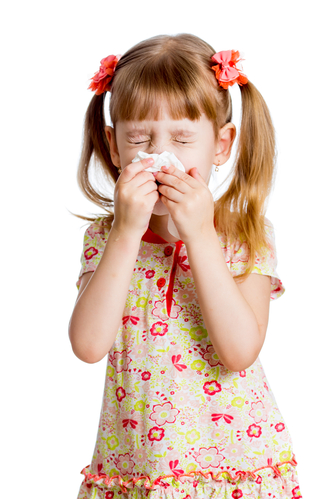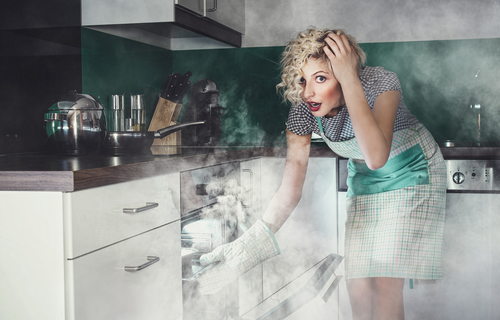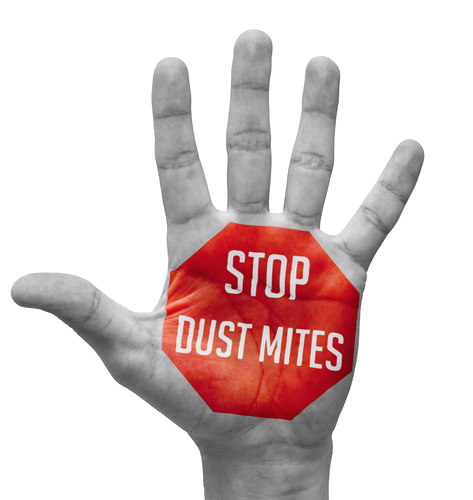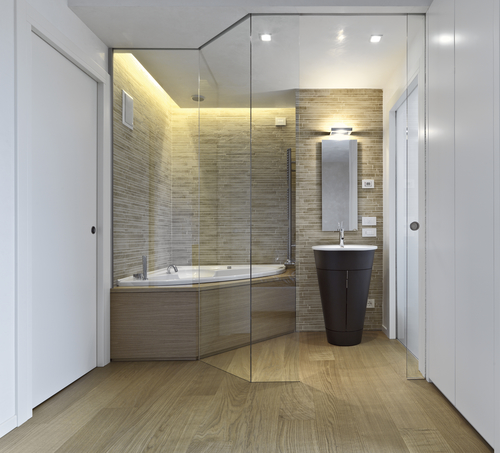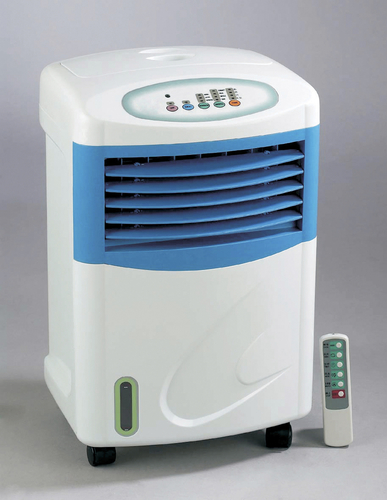Regular housecleaning can help you get rid of allergy triggers and soothe the symptoms as well, so knowing some cleaning tips is really helpful.
To keep your allergies under control and your house clean, here are some ideas that you might find useful:
- Always vacuum with a vacuum cleaner that has an HEPA filter because some allergens are super tiny and can pass right through the filters of a regular vacuum cleaner, which means that you are shooting allergens right into the air, after you suck them off the floor.
- Don’t shampoo your carpets and avoid heavily scented cleaners are you will only be making your allergies worse, due to leftover moisture that can increase dust mites and mild growth.
- Reduce clutter because piles of clothing and boxes accumulate dust and in dust hide allergens, such as dust mites.
- Whenever you clean the home, wear a mask. After you are done cleaning, leave the house for a couple of hours to allow t he allergens that might have been kicked up into the air to settle.
- Keep your home as mold-free as possible. The bathroom should be thoroughly scrubbed (the shower curtain, too) to remove mold.
- Wash your sheets and any stuffed animals (as long as they washable, of course) in water at least 130F, once a week. That should be enough to kill dust mites.
- Don’t leave your laundry to dry outside; otherwise, your clothes will pick up mold and pollen. Better use a dryer.
- When you clean, use a damp cloth. That way, instead of knocking allergens into the air, you will be trapping them in the cloth.
- Vacuum or sweep your outdoor entryways because the cleaner your patio is, the less likely pollen or dust will enter your house.
- If you are allergic to dust mites, ask another family member to do some chores, such as vacuuming and dusting.
That aside, you can also follow these steps to reduce the risk of developing asthma and allergy symptoms when you clean the house:
1. Kitchen
- Reduce moisture and remove cooking fumes by using an exhaust fan on a daily basis.
- Make sure you empty your trash can every day and that you place your garbage in a can that has an insect-proof lid.
- Store food in sealed containers (including pet food) and throw away and out-of-date or moldy items.
- Once a week, wipe appliances, backsplashes, and cabinets and mop floors.
- Use water and detergent to clean countertops and cabinets.
- Check for plumbing leaks regularly and wipe up moisture in the refrigerator to prevent mold growth.
- Clean moldy rubber door seals and drip pans.
- Wash your dish rack.
- Wipe the inside of the garbage can, phone, and light switch plates.
- From time to time, empty the inside of your refrigerator and scrub it down. Do the same for the utensil drawers and cupboard exteriors.
2. Living Areas
- Encase box springs, mattresses, and pillows in dust-mite-proof covers and wash your pillowcases and sheets (and blankets) every week at, at least, 130F water. As for comforters, you can either cover, remove, or wash them.
- Vacuum your carpets once a week (always use a vacuum cleaner with an HEPA filter).
- Use curtains made of synthetic or cotton fabric and wash them seasonally.
- During pollen season. Close windows and use air conditioning.
- Clean window sills and frames from condensation and mold with a solution of ¾ cup of chlorine bleach to a gallon of water. Just make sure you use a mask when using chlorine.
- Books, knickknacks and anything that collects dust should be removed. Store stuffed animals, toys, and games in plastic bins and bath your pet two times a month.
- Humidity and heat provide a fertile ground for mold and dust mites to grow so maintain your temperature inside the home at around 70F and 30%-50% humidity.
- Clean filters in your in-room air conditioners and central cooling and heating systems (or even remove them, if necessary) once a month (at least).
- Use traps to keep mice and cockroaches away from the house and seal entryways and cracks to prevent re-infestation. Alternatively, you could call a professional exterminator.
3. Bathroom
- Help reduce moisture by installing an exhaust fan and use when taking showers or baths.
- If possible, use linoleum or wood flooring and remove carpeting.
- If you are using carpeting, better go for washable rugs.
- Get rid of the wallpaper and either paint the walls with mold-resistant enamel paint or install tile.
- Always dry the shower enclosure and tub with a towel. If there is any mold build up on the faucets and tub, scrub it.
- Replace bathmats and shower curtains if they become moldy.
- If there are any leaks, repair at once.
4. Basement
This one is really challenging as it is both dusty, moldy, and damp and is often home to rodents.
- Always use a mask and wear gloves when cleaning the basement, if you have any of the issues mentioned above. Continue wearing the mask even when after you have vacuumed the place and are about to empty the bag (always outside the home). Make sure you place the bag into the trash can and tie it immediately.
- If you have carpeting that has endured water damage (or is moldy), remove instantly. It is best to use linoleum or cement flooring in your basement if you can. If that is not doable, use low-pile carpeting and a vacuum cleaner with an HEPA filter (vacuum the basement once a week).
- Check for any water damage and/or leaks and repair.
- Consider having a dehumidifier installed to reduce dampness (clean it every week).
- If you are using a clothes dryer (recommended), use an exhaust fan to vent moisture outside.
Tip: To prevent moisture seepage, install a vapor barrier (plastic sheeting) under carpeting.
Want more cleaning hacks to always keep your house clean with minimum effort? Sure! Feel free to browse and you will definitely find the answers you have been looking for! And, don’t forget to check out our articles about how to save money when cleaning, as well as ways you might be poisoning your pet, without knowing it.
